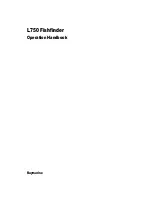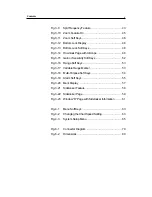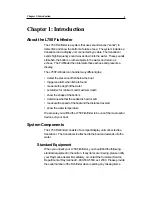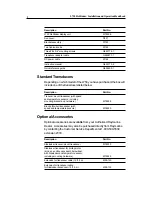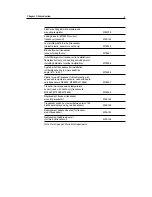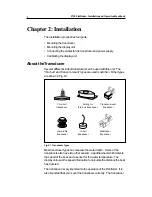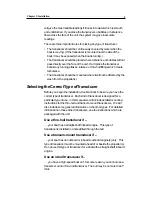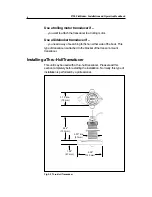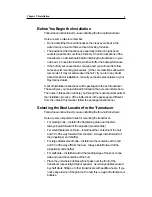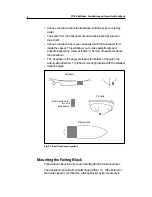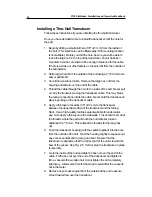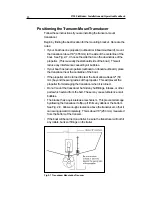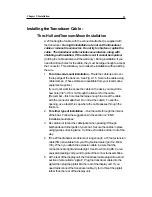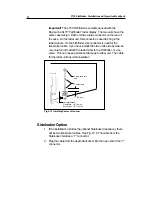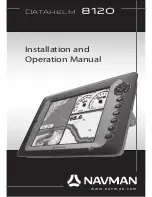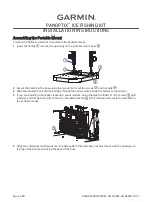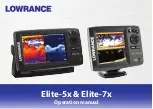
Chapter 2: Installation
7
Before You Begin the Installation
Follow these instructions if you are installing the thru-hull transducer.
Here are some rules to remember:
• Do not install the thru-hull transducer, then leave your boat in the
water for any amount of time without checking for leaks.
• The position of the transducer is especially critical on high speed
vessels (capable of more than 20 knots). Check the locations of the
transducers on similar boats before installing the transducer on your
own boat. Choose the location which will offer the best performance.
• If the hull of your vessel has a core-type hull, you will need to follow
some special mounting procedures. (If the core material is allowed to
remain wet, it may rot and weaken the hull.) If you are in any doubt
about this kind of installation, consult your boat representative or your
Raymarine dealer.
A set of installation instructions will be packaged with each transducer.
These will give you more detailed information than we can include here.
The notes in this section will help you through the most important parts of
the installation process. (If the instructions in the package are different
from the notes in this manual, follow the packaged instructions.)
Selecting the Best Location for the Transducer
Follow these instructions if you are installing the thru-hull transducer.
Here are some important rules for mounting the transducer:
• For planing hulls – Install in the flat planing area near the stern.
Always install forward of the propeller(s) and shaft(s).
• For small displacement hulls – Install near the centerline of the hull
and 1/3 of the way forward from the stern. Always install forward of
the propeller(s) and shaft(s).
• For large displacement hulls – Install near the centerline of the hull
and 1/3 of the way aft from the bow. Always install forward of the
propeller(s) and shaft(s).
• For sailboats – Install forward of the leading edge of the keel, to one
side and near the centerline of the hull.
• Place the unit where bubbles will not pass over the front of the
transducer (especially at higher speeds). Avoid any bubbles caused
by shaft struts, fittings, or other transducers with paddle wheels. If you
notice any erosion of the paint on the hull, this is a sign of turbulence or
bubbles.

